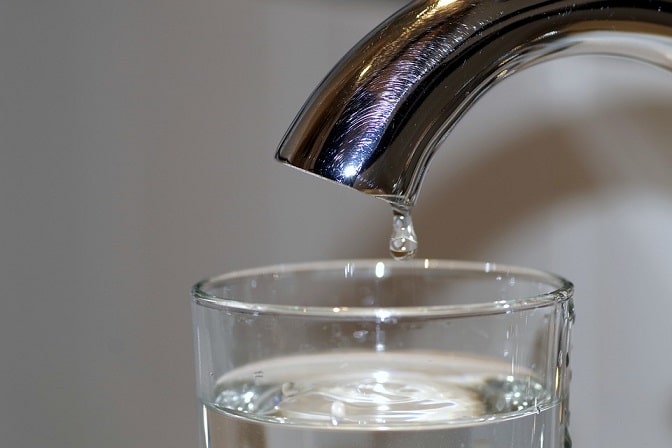When you purchase a home water filter, you probably install it and then forget about it, right?
To most individuals, installing a home water filter means that their water is getting filtered, and thus doesn’t contain any traces of toxins or free-radical bacteria whatsoever. However, a recent study released in January 2020, by researches from North Carolina in the U.S, proved that many water filters don’t remove certain chemicals, like toxic PFAS, from water effectively.
While the study has proved that under-the-sink reverse osmosis systems tend to remove toxins more effectively than those placed in taps, they are some of the most expensive water filters you can buy, which can get the general individual uninterest in filtering their water the right way quite fast.
Why You Should Avoid Toxic PFAS and Invest in an Under-The-Sink Reverse Osmosis System
Did you know that PFAS, otherwise known as perfluoroalkyl substances, are used in most of the chemicals you use in your home daily? That includes firefighting foams, carpet cleaners, and even your over-priced non-stick cookware collection.
Needless to say, it’s already in your home. However, simply touching a bottle won’t affect you, but drinking the toxic PFAS daily could affect both your health, as well as the health of the environment. Exposure to toxic PFAS could contribute to the possibility of health risks, including liver damage, cancer, decreased fertility, thyroid disease, asthma, and respiratory diseases.
Given the number of health risks toxic PFAS can cause, especially since we drink water daily, it’s necessary to invest in a reversed osmosis filtration device, like an under-the-sink reverse osmosis water filter. This water filter is designed to reduce PFAS and GenX by up to 94%. It includes an activated carbon filter, such as filters found in refrigerators, as well as pitcher-style filtration systems, which also removes up to 73% of PFAS.






